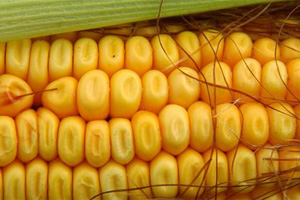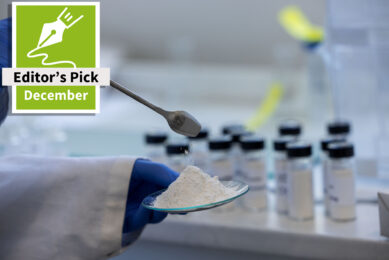Study: High nitrogen rates increase micronutrient uptake

A study done by Purdue University shows that high-yielding, modern corn hybrids take up not only more nitrogen from soil but more micronutrients such as zinc, iron, manganese and copper. Nitrogen fertilizer rates also influence how much of these nutrients are stored in the grain at harvest.
Growers may need to use fertilisers to meet the increased micronutrient requirements of hybrid corn in high-yield systems, especially if soil nutrient levels are too low.
“This study raises the question of whether we need to pay more attention to micronutrients in fertiliser management,” said Tony Vyn, Purdue professor of agronomy and co-author of the study. “In high-yield systems, it’s not just that corn requires more macronutrients like nitrogen and phosphorus – which is what farmers normally think about – more micronutrients are needed as well. If you have soil that is deficient in micronutrients, you could be limiting your yields.”
Though micronutrients are essential for optimum plant growth and reproductive development, current management practices rarely take them into account, as growers often assume that soil nutrient concentrations for these nutrients are adequate. But in modern crop production systems, deficiencies could occur, Vyn said.
Soil factors such as pH and moisture can also influence micronutrient availability, said Ignacio Ciampitti, co-author of the study and assistant professor at Kansas State University.
“Nutrient availability is more complex than soil nutrient concentrations,” Ciampitti said. “Nutrient availability is also related to the plant’s ability to take up each nutrient at the soil-root interface.”
In the second part of a study on how modern corn hybrids (post-1990) absorb and allocate nutrients under contemporary management practices, Vyn and Ciampitti measured how simultaneous increases in the number of plants per acre and nitrogen rates affected the concentration of zinc, copper, iron and manganese in two hybrids of corn.
Vyn said the influence of plant density on the uptake of micronutrients was relatively minor, even at high crowding levels, in that higher plant density resulted in similar yields as medium and low densities. But as nitrogen rates increased, yields rose and corn plants took up a substantially greater amount of micronutrients and allocated more micronutrients to the ears.
At high plant density (42,000 plants per acre) and high nitrogen rates (200 pounds per acre), 58% of zinc taken up by corn hybrids was removed in the grain, compared with 31% of copper, 18% of iron and 15% of manganese.
Read more at Purdue University by following this link.
The study was published in Agronomy Journal and can be viewed online.











